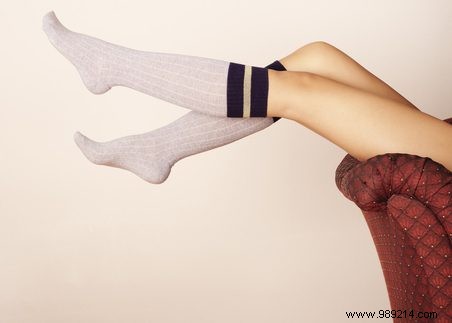
Fungal nails are very common. It is not very pretty and it can also be very painful. General practitioner Ingrid Kuiper gives advice about fungal nails.
Fungal nails, also called fungal nails, are common. They are caused by certain fungi, dermatophytes, which can also cause athlete's foot. A third of people who suffer from athlete's foot also develop fungal nails. The chance of this is greater if your nails are damaged by, for example, sports or shoes that are too narrow.
Infection
Although fungi are present on everyone's skin, not everyone gets fungal nails; some people are more sensitive to it than others. If your immune system is reduced or if the blood circulation in the feet is poor, the chance of a fungal infection is greater. Once you've had a yeast infection, you're more likely to have a re-infection.
How do you recognize fungal nails? Fungal nails can be recognized by their yellow discoloration. Also nails become brittle and thicker. They grow more or less 'upwards' and can come loose or tear. Usually your big toe is affected and the infection starts on the sides and end of the toenail. Sometimes it is not a fungal nail, but a skin condition that resembles it, such as psoriasis, or there is an ingrown toenail.
Treating fungal nails
With medicines, such as Lamisil or Trisporal, fungal nails can be combated. You have to take them for a long time (three months), because a nail takes 90 days to grow out. These drugs work better than topical products that you have to apply to the nails, but they can have side effects, such as taste changes and gastrointestinal complaints. Moreover, you are not allowed to use them during pregnancy.
Prevention is better than cure
Fungi thrive in a moist, warm environment. So you give them less chance if you keep your feet dry, wear bath slippers and don't wear synthetic socks or stockings. Keep your nails short and don't wear tight shoes.'